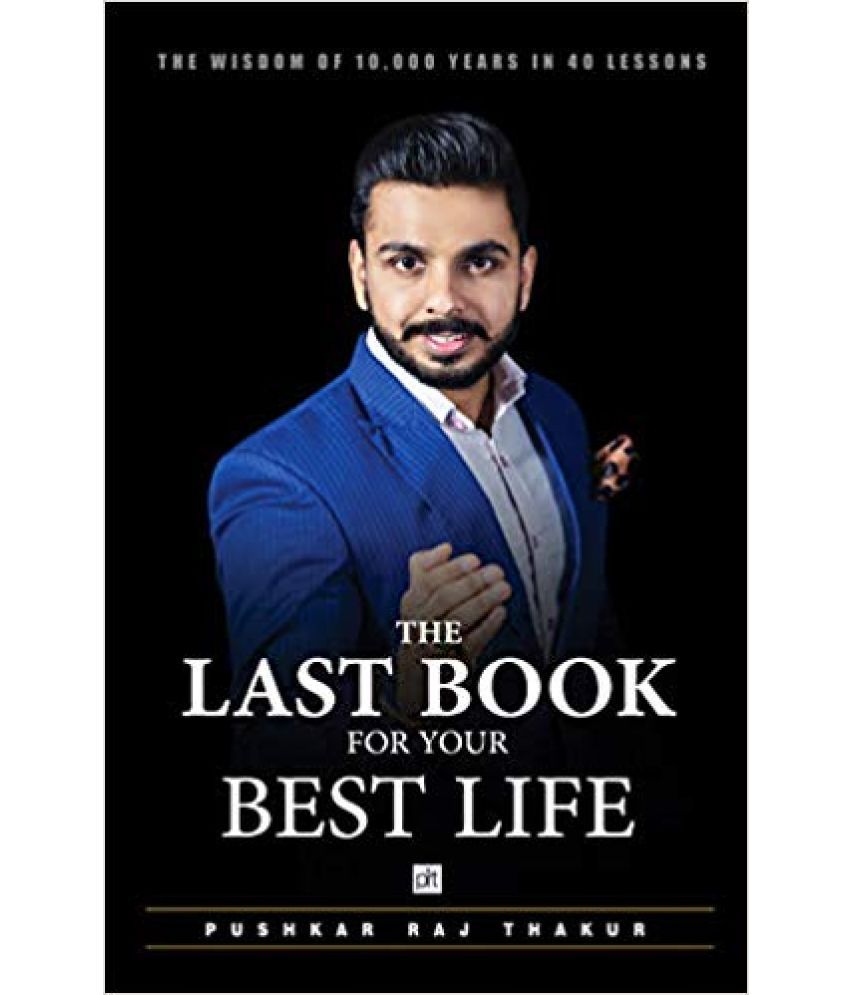

Made to reflect His image, we have a purpose: to glorify God nothing can give us greater satisfaction.īefore mankind fell and the curse of sin came upon the earth, the following things were true:ġ) God made man a social creature (Genesis 2:18–25)ģ) God had fellowship with man (Genesis 3:8)Ĥ) God gave man dominion over the earth (Genesis 1:26). We were specially made by God, and that gives us intrinsic value nothing can give us greater value. In the book of Genesis, we find a clue to the meaning of life in that God created mankind in His image (Genesis 1:26). In our hearts we are aware that the “here-and-now” is not all there is. Solomon said of God, “He has also set eternity in the hearts of men” (Ecclesiastes 3:11). What explains this void? God created us for something beyond what we can experience in the here-and-now. Yet he summed up life “under the sun”-life lived as though all there is to life is what we can see with our eyes and experience with our senses-as meaningless. He said at one point that anything his heart wanted, he pursued (Ecclesiastes 2:10). King Solomon, the writer of Ecclesiastes, had wealth beyond measure, wisdom beyond any man of his time or ours, hundreds of women, palaces and gardens that were the envy of kingdoms, the best food and wine, and every form of entertainment available. Utterly meaningless! Everything is meaningless” (Ecclesiastes 1:2). He describes the feeling of emptiness he felt: “Meaningless! Meaningless!. The author of the book of Ecclesiastes looked for the meaning of life in many vain pursuits. People have testified that, while they achieved their goals of wealth, relationships, and pleasure, there was still a deep void inside, a feeling of emptiness that nothing seemed to fill. Some of these pursuits include business success, wealth, good relationships, sex, entertainment, and doing good to others. They pursue many things, thinking that in them they will find meaning and purpose.

This motivational book will help you take control of your career destiny.In our humanistic culture, people easily lose sight of the meaning of life. Seen through such lenses, networking will no longer teeter on the edge of being too boring (business card swapping) or too extreme (sauna events). By doing things like offering a hand with an office move, advising pro-bono for an hour or so, or making a connection for someone, Tolstoi-Miller argues that this spirit of selflessness will help you relax, boost confidence, and make a difference in the world.
BEST LIFE AFTER LIFE BOOK HOW TO
Networking Karma will explain, in great detail, how to actually cut through the networking nonsense and cultivate a cutting-edge persona that gives instead of takes. Her theory is to help out, corroborating social scientist Adam Grant’s research on how giving is a key ingredient to personal success. She’s an all-star entrepreneur and CEO with expertise in interpersonal branding. Nowadays, the word networking just sounds plain spooky! With LinkedIn and the like doing it for us while we sleep, who has the time to RSVP or even go to a speed network event at the town hall? Author Gail Tolstoi-Miller does - that’s for sure. For anyone who struggles with a lack of self-confidence, Rilke’s letters is an essential step to help to pull you out of reassurance seeking and into self-acceptance. Rilke goes on to say that if you can’t find inspiration in the life around you at present, then dip into the stories and tragedies of your childhood. The lessons shared in this inspiring book are subversive in that sense: instead of seeking approval from others, seek approval from yourself. When the young poet asked Rilke if he thought that he should keep writing, Rilke famously responded: “Go into yourself and test the deeps in which your life takes rise at its source you will find the answer to the question whether you must create.” A thin but rich volume, Letters to a Young Poet charts the correspondence between Rainer Maria Rilke and a burgeoning cadet struggling to write - and, worse, struggling to accept his circumstances. If we could revise this title, we might call it Letters to a Young Artist, since this classic text supersedes poetry lessons (and arguably art, with its contents mirroring life lessons more than anything).


 0 kommentar(er)
0 kommentar(er)
